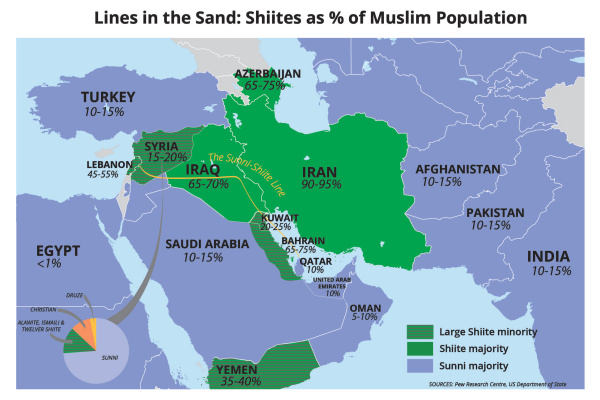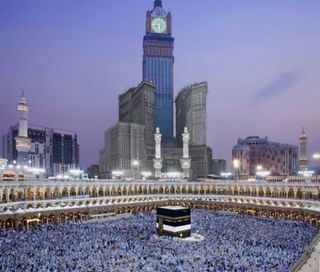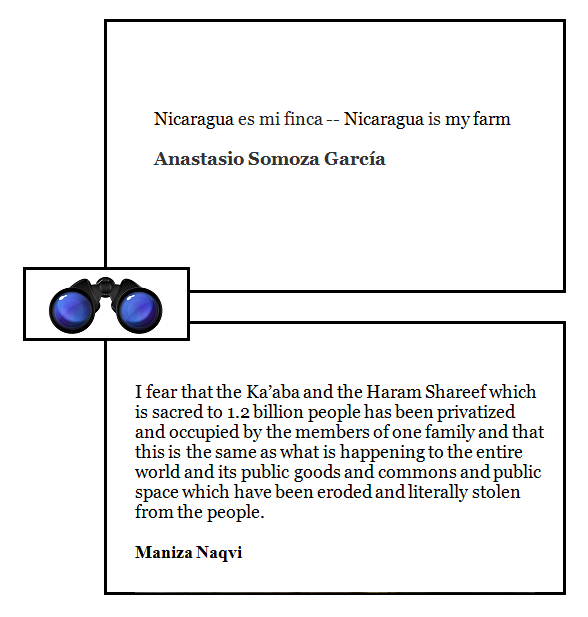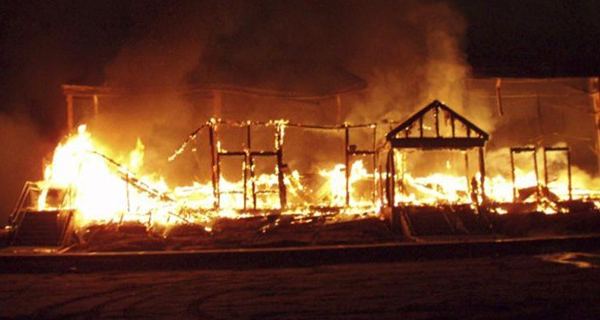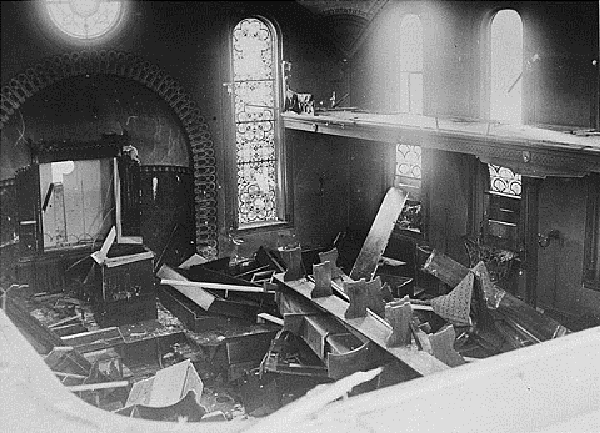“No one is really listening, they are just pretending.” – Madhu, Part II
Thursday, August 30th, 2012[by J. Scott Shipman]
Since the original post of “No one is really listening, they are just pretending,” there are indications that pretending may actually be doing institutional harm.
The US Naval Institue recently sponsored the Joint Warfighting Conference 2012, and my friend Lucien Gauthier (YN2/SW) wrote a very good recap of the event. In his post, Lucien remarked on the comments of retired USMC General James “Hoss” Cartwright. Cartwright’s comments have been described by others around the blogosphere as “unleashed,” and indeed his comments may have raised a few eyebrows. But this sentence of Lucien’s post, while perhaps stating the obvious may reveal one challenge the Navy and DOD face in the credibility and trust department:
“Gen Cartwright had the luxury of no longer being in uniform and so his candor was particularly poignant.”
Now I don’t know General Cartwright, but I know people who do and they report he is a fine officer, and my remarks aren’t about him, but the implications of Lucien’s observation. The suggestion “…the luxury of no longer being in uniform and so his candor…” struck me, for what is the reverse? “…in uniform, no candor?” If our highest ranking officers wait until they are retired to be candid, what does that say for those remaining in uniform, and what does it say about the environment? Does the environment inspire pretending? How many serving “pretend” daily just to get by, or worse, to get promoted?
A few months ago in a conversation with a young naval officer, one of the brightest I know, I was talking about “to be or to do” and the value of honesty always. The officer remarked, “Well sometimes you have to let the boss think the idea was his…” or something to that effect. I made the point that this is part of the problem: if these leaders are so uptight they need to be handled, then they are part of the problem. Trust can grow only where honesty is ubiquitous.
Recently, the Navy Times published a short query entitled, “Tell us what you think: Faith in Navy Brass?” One of the questions surprised me: “Do you trust the Navy’s leadership and still take them at their word?” If those who responded (be sure to read the comments) are to be believed, the answer is a resounding, “no.” Curiosity piqued, I conducted an informal poll among a small group of naval officers (active duty and retired) asking the same question. The answer: “no.” Since my Navy days, I’ve heard the old saw, “A bitching Sailor is a happy Sailor,” but this seems different.
At least ten commanding officers have been relieved of command eight months into 2012. Two were relieved due to unfavorable command climate surveys, so one could conclude the Navy is listening and taking action in some quarters. The recent decision by Secretary of the Navy Ray Mabus to require breathalyzers of Sailors and Marines reporting for duty introduces evidence of distrust, and his decision is nothing short of institutional micromanagement. At their core, a micromanager does not trust their subordinates.
When the folks on the pointy-end of the spear aren’t trusted, leaders should not be surprised when those folks return the favor. So to leaders, while you may think some of your subordinates agree with you, they may pretending, and are you ok with that? Are you ok with that if you learn you are the cause? Less pretending, more honesty.
Postscript: For more evidence, check out his post at the USNI Blog, The Wisdom of a King. Another fine example of the importance of trust can be found in a September 2012 Proceedings article by LCDR B.J.Armstrong, Leadership & Command (both come highly recommended).
Cross-posted at To Be or To Do.


